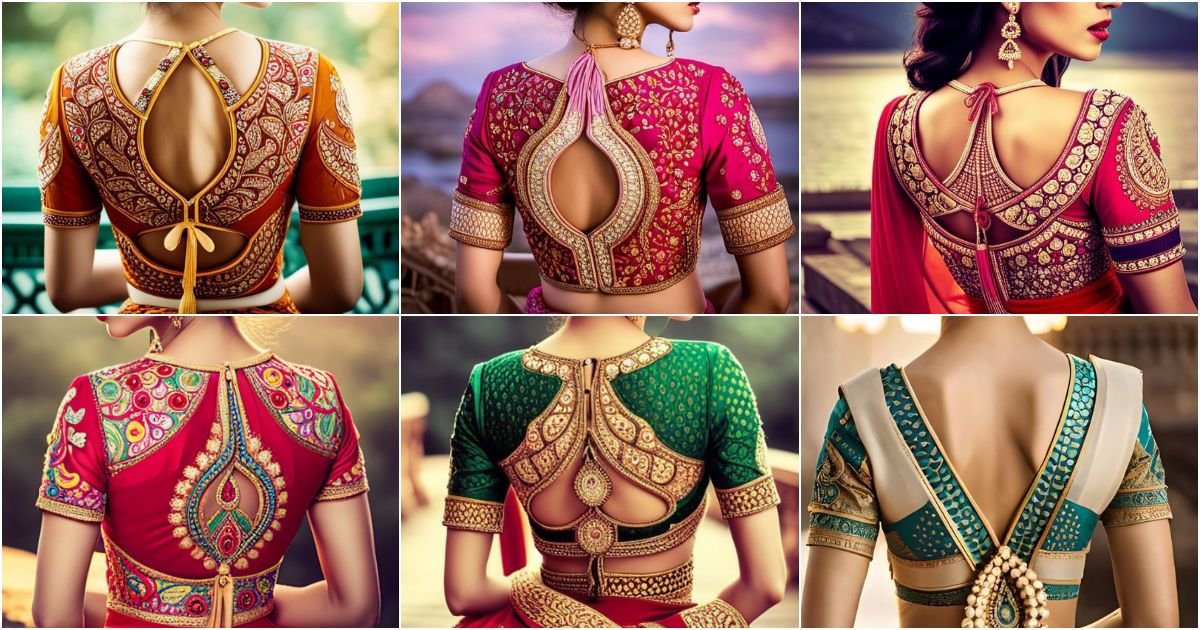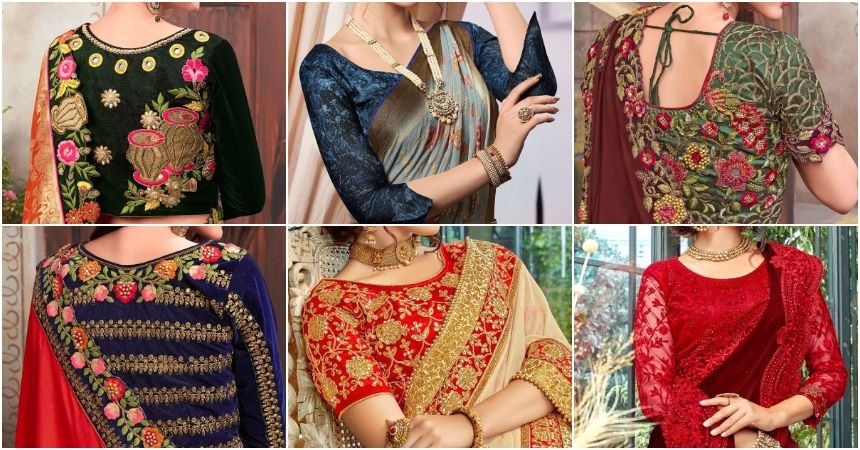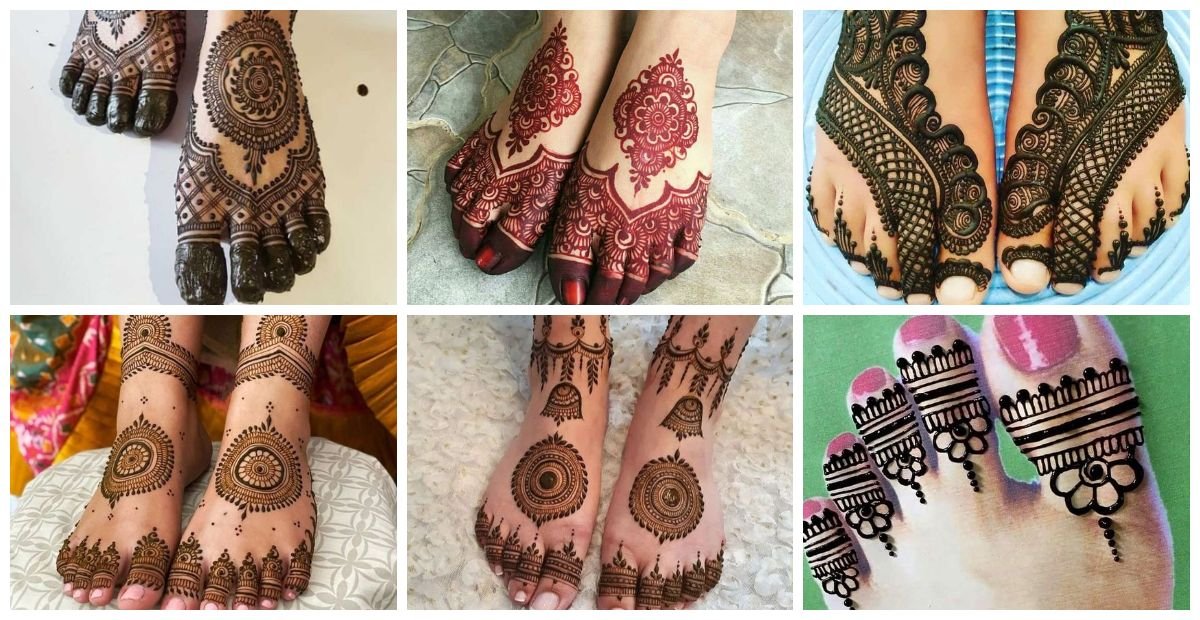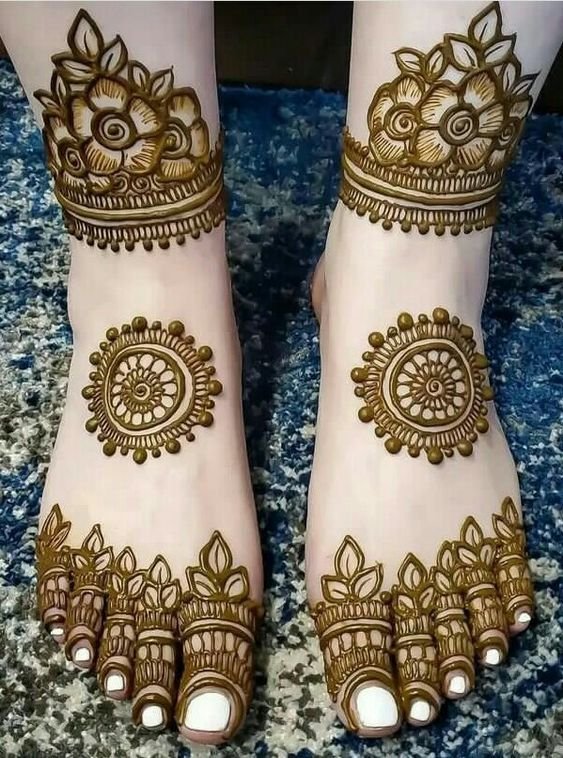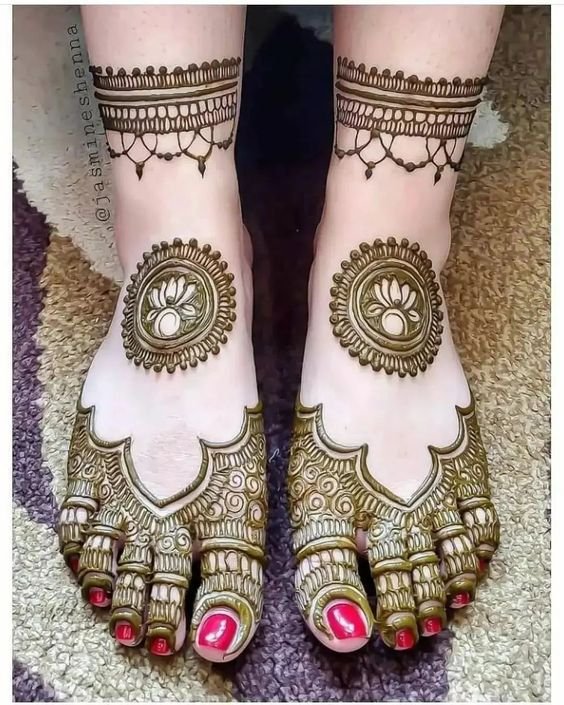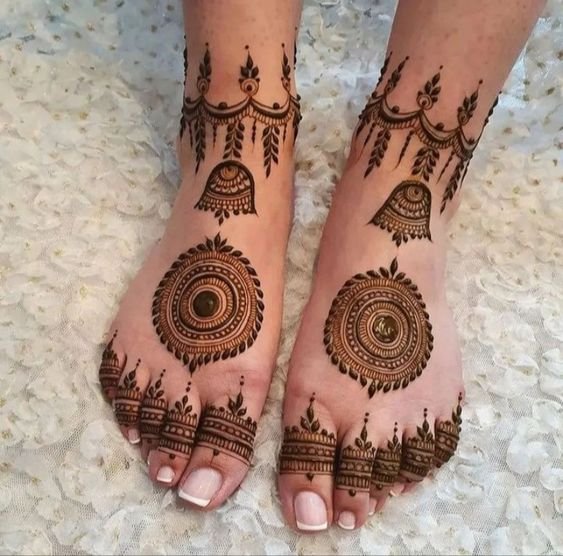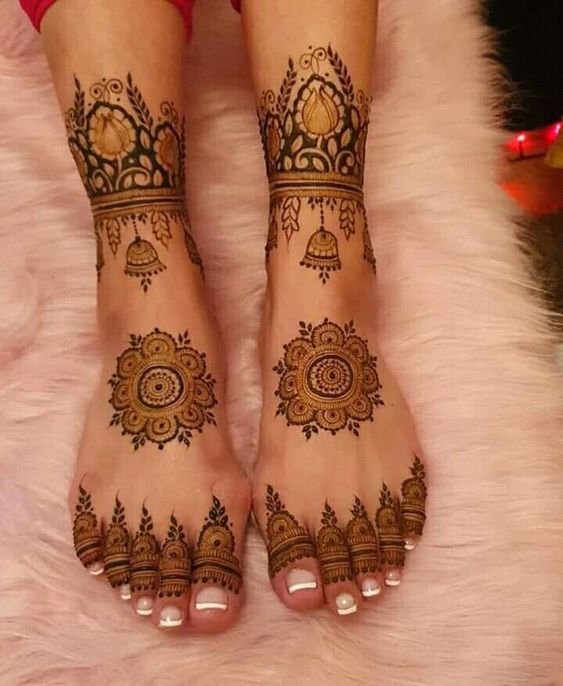Leg mehndi design, also known as henna, holds a significant place in various cultures around the world. It is not just a form of body art but a tradition deeply rooted in rituals and celebrations. In recent years, leg mehndi design have gained immense popularity due to their intricate patterns and aesthetic appeal.
History and Cultural Significance
Origins of Mehndi
Mehndi has been practiced for centuries, with its origins tracing back to ancient Egypt and India. It was initially used for its cooling properties in hot climates and gradually evolved into an art form.
Tradition of Leg Mehndi
In many cultures, applying mehndi on the legs is considered auspicious, especially for brides. It symbolizes beauty, fertility, and good fortune, making it an integral part of weddings and festivities.
Popular Leg Mehndi Designs
Floral Patterns
Floral designs are among the most popular choices for leg mehndi. They range from intricate roses to delicate vines, adding a touch of elegance and femininity.
Geometric Designs
Geometric patterns offer a modern twist to traditional mehndi. From intricate mandalas to bold lines and shapes, they create a striking visual impact on the legs.
Peacock Motifs
Peacock motifs symbolize grace and beauty in Indian culture. Adorning the legs with peacock-inspired designs adds a regal touch to any mehndi artwork.
Arabic Mehndi
Arabic mehndi designs are characterized by their bold outlines and free-flowing patterns. They often feature intricate paisleys, leaves, and swirls, creating a mesmerizing effect on the legs.
Tips for Applying Leg Mehndi
Preparing the Skin
Before applying mehndi, it’s essential to cleanse and exfoliate the skin to ensure better adhesion and longevity of the design.
Choosing the Right Mehndi Paste
Opt for high-quality mehndi paste made from natural ingredients to achieve vibrant and long-lasting results. Avoid using black henna, as it may contain harmful chemicals.
Leg mehndi design is more than just a form of body art; it is a reflection of culture, tradition, and creativity. Whether for weddings, festivals, or everyday adornment, leg mehndi adds a touch of beauty and symbolism to every occasion, keeping ancient traditions alive in the modern world.
Unique FAQs
- Can anyone apply leg mehndi, or is it reserved for special occasions?
- Leg mehndi can be applied by anyone, whether for special occasions or simply for personal enjoyment. It’s a versatile form of self-expression.
- How long does leg mehndi typically last?
- The longevity of leg mehndi depends on various factors such as skin type, quality of mehndi paste, and aftercare practices. On average, it can last anywhere from one to three weeks.
- Are there any cultural taboos associated with leg mehndi?
- While leg mehndi is generally well-accepted across cultures, it’s essential to respect any specific cultural traditions or taboos that may exist in certain communities.
- Can men also wear leg mehndi?
- Absolutely! Mehndi is not limited by gender. Men can also enjoy the art of mehndi on their legs or other parts of their body if they wish.
- What are some modern interpretations of leg mehndi design?
- Modern interpretations of leg mehndi often incorporate contemporary elements such as minimalistic patterns, abstract designs, and even personalized motifs, reflecting individual style and preferences.


